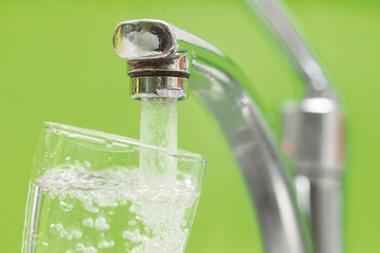Scientific advice in the US is poor when it comes to responding to drinking water contamination
Official responses to recent disasters that have contaminated drinking water supplies in the US often lack scientific rigour, according to new research from Purdue University. As a result, public health risks have not been fully anticipated and contaminants have not been effectively tackled. More than 1.5 million people across the US have had their drinking water tainted by crude oil, diesel fuels, algal toxins and coal-washing chemicals since 2014, according to the Purdue team.
In the US, drinking water is tested for chemicals that have established drinking water limits, but there is little or no testing for unregulated chemicals when spills occur, and these can also be harmful. In one analysis, the Purdue team examined all of the drinking water testing data from the January 2014 chemical spill in West Virginia, in which a large quantity of 4-(methylcyclohexane)methanol (MCHM) leaked from Freedom Industries’ chemical storage tanks and contaminated water supplies over a 480km2 area. The Purdue team found that methyl 4-methylcyclohexanecarboxylate (MMCHC) – one of the seven primary ingredients in crude MCHM – was present in the drinking water 13 to 30 days after the incident. No safe exposure limit has been established for this compound.
Neither MCHM nor MMCHC are regulated under the US’s drinking water standards. Responders tested for MCHM after the West Virginia incident, but nine days later they started testing for two other contaminants which they didn’t know were initially present – propylene glycol phenyl ether and dipropylene glycol phenyl ether.












No comments yet